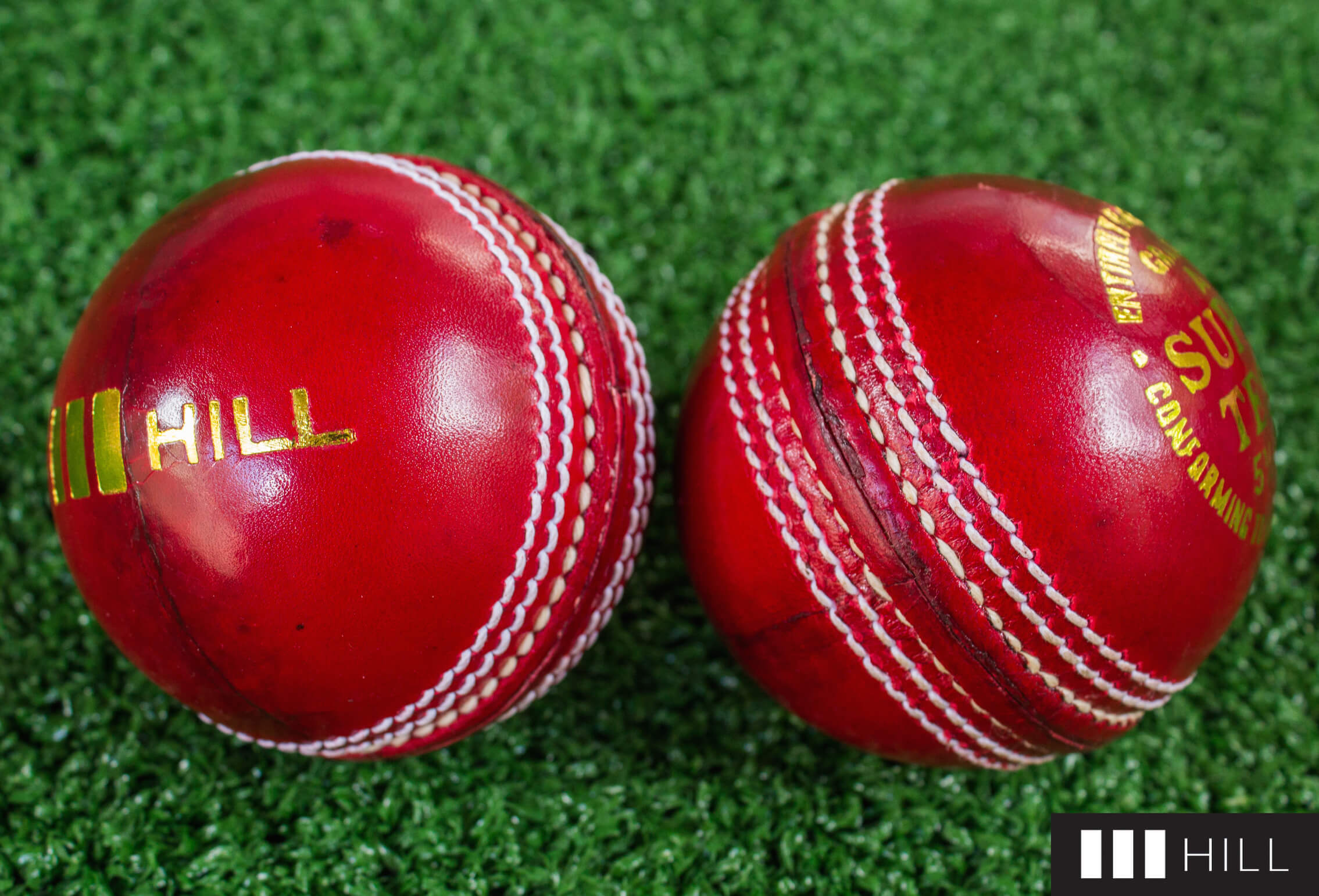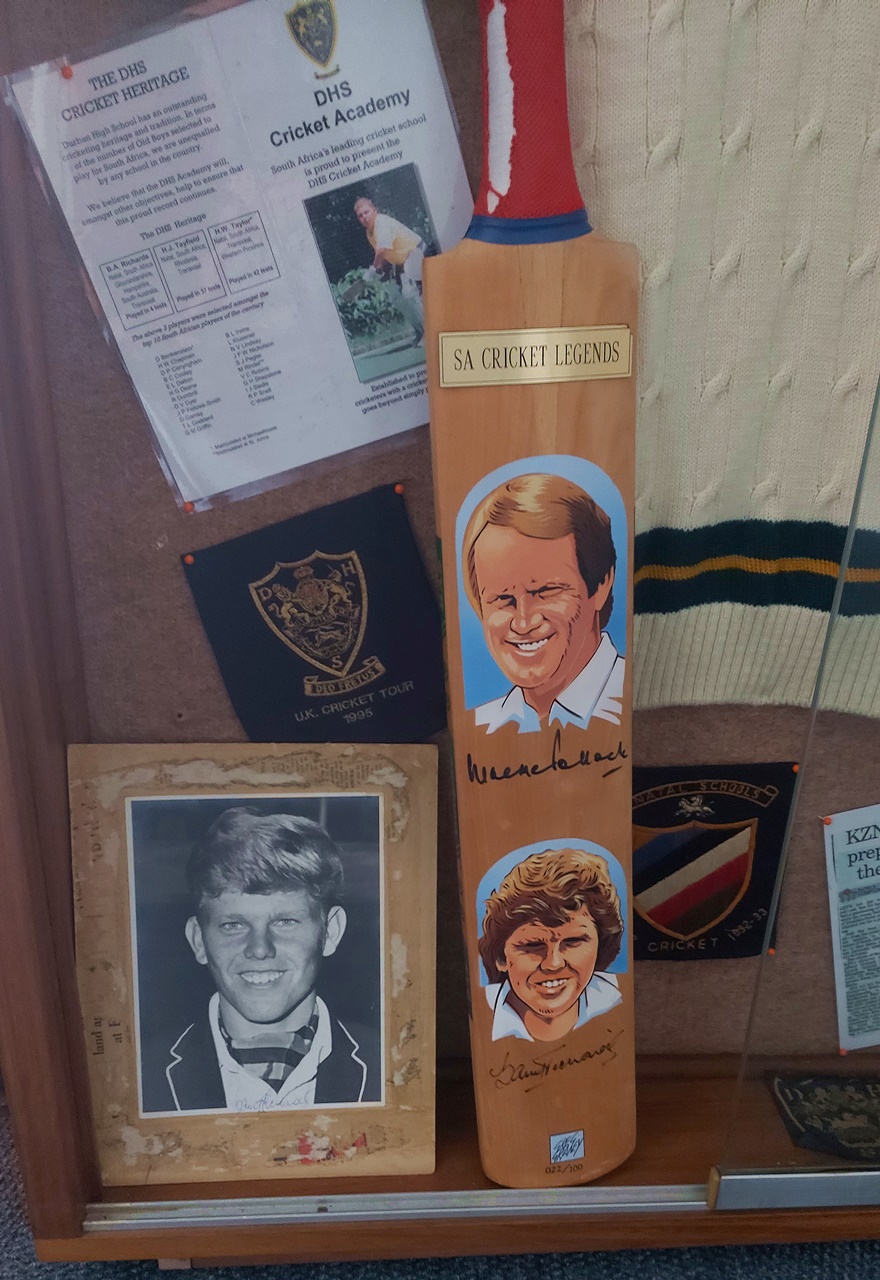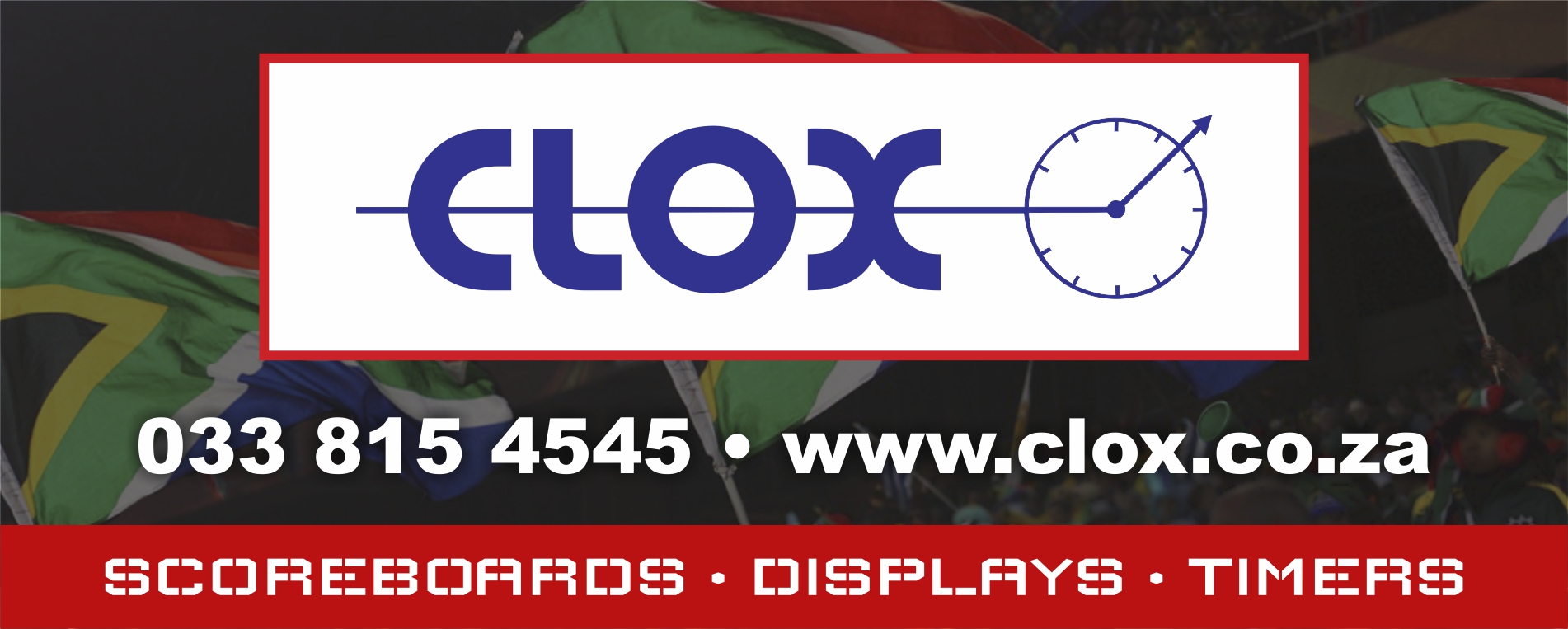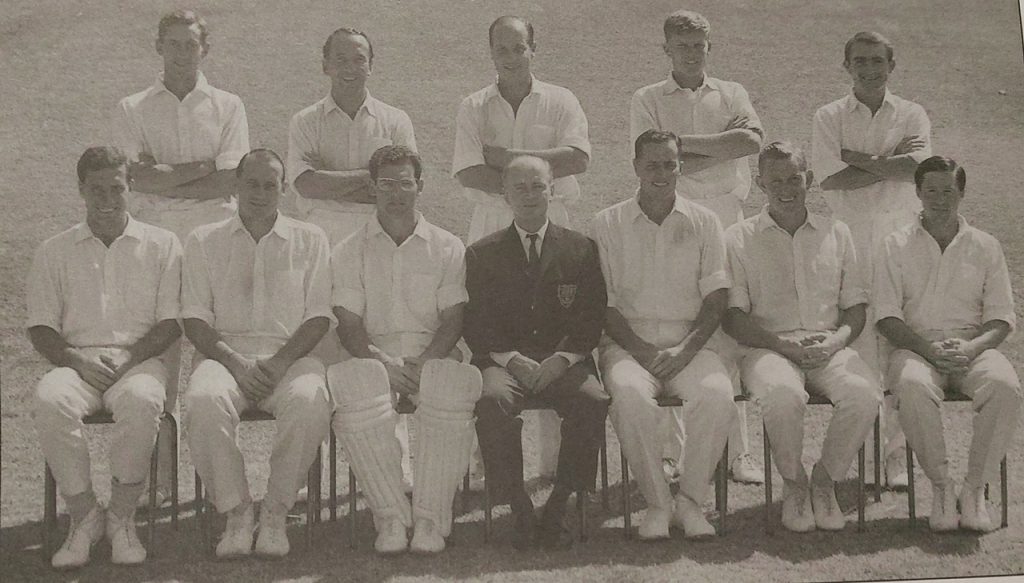Posts Tagged ‘natal’
A golden era of DHS cricket
13 May 2020 – It is a remarkable photo: a collection of supreme cricket talent, all from Durban High School (DHS). Within the photo, taken on the occasion of the centenary of DHS in 1966, are eight test cricketers and three provincial players, writes KZN10.com’s Brad Morgan.
(In photo: back row, left to right: Grayson Heath, Jack Kaplan, Peter Dodds, Barry Richards, Lee Irvine.
Front row, left to right: Richard Dumbrill, Hugh Tayfield, Dennis Gamsy, Leslie Theobald, Trevor Goddard, Geoff Griffin, Colin Wesley)
At the time, the Springboks were one of the leading cricket teams in the world, soon to become recognised as the best, before South Africa was shut out of test cricket from 1971 to 1992 due to the apartheid policies of the country’s government.
Pride of place in terms of achievements from that team must go to Barry Richards, who was 21 at the time of the centenary match.
He played only four test matches in 1970, but went on to make such an impact with Natal, Hampshire and South Australia, with other stints at Gloucestershire and Transvaal too, that Sir Donald Bradman, he of the 99.94 test batting average, named Richards in his Dream XI in 2001. Bradman chose his side from a pool of 69 players and excluded, among others, Brian Lara, Viv Richards and fellow South African, Graeme Pollock. That’s a remarkable statement from the man regarded as the greatest batsman to have played the game.
In late 1970, playing for South Australia against Western Australia, Richards struck an unbeaten 325 runs on the opening day of the four-day Sheffield Shield clash, played on the WACA, which was notorious for its pace.
The Western Australia attack included Graeme McKenzie, who opened for Australia; the great Dennis Lillee who would make his test debut a couple of months later; leg-break bowler, Tony Mann, who played test cricket for Australia; slow left-armer, Tony Lock, who appeared in 49 tests for England; and Aussie international Jon Inverarity. Ian Brayshaw was the sixth bowler in the innings and the only one of them not to appear for his country.
Richards’ stunning innings was for many years the most runs scored by a batsman in first class cricket. It was finally beaten by Brian Lara in 1994, when he made 390 runs against Durham for Warwickshire. Durham had no international bowlers at the time. In fact, they had begun playing first class cricket only two years earlier.
Richards went on to tally 356, out LBW to Mann on a ball that the bowler admitted pitched on leg stump and was a wrong ‘un, set to turn further down the leg.

Hill Premium Quality Cricket Balls stay the distance. www.hillcricketballs.co.za
During his career, Richards totalled 28 358 runs at 54.74, with 80 centuries. In his only test series, the famous 4-0 whitewash of Australia in South Africa, he scored 508 runs at 72.57. His performances were highlighted by a remarkable stand with Graeme Pollock – in the second test in Durban, appropriately – during which he reached 94 by lunch before going on to make 140, while he and Pollock flayed the Australian attack to all corners of Kingsmead, putting on 103 in an hour.
In 1969, he was named one of Wisden’s Cricketers of the Year. In their article, Wisden notes: “Richards recognises his debt to Butler, to Wilf Isaacs, who is always ready and keen to help cricket and cricketers in South Africa, and to Leslie Theobald, his cricket master at Durban High School.”
“When Richards captained the South African Schools side in England in 1963, Mr. Theobald was manager, and their partnership produced outstanding results.”
The article concluded: “Richards’ horizons seem limitless, and it will be fascinating to see how far his talents will take him. Few, anywhere in the world, have his possibilities.”

A photo of Barry Richards in his DHS honours’ blazer alongside a bat signed by Richards and Graeme Pollock.
Lee Irvine, a year older than Richards, also played just four tests in 1970 against Australia. Like Richards, he also excelled. He scored 353 runs at 50.42, including 102 in his final test innings on his 26th birthday.
He played 157 first class matches, for Natal, Essex and Transvaal, tallying 9 919 runs at 40.48, with 21 centuries. It should be mentioned that in those days pitches were tailored to a more equal battle between bat and ball. Nowadays the balance has tilted in favour of batsmen with television’s focus on providing entertainment. Thus, an average of 40, which is very good, would, arguably, have been closer to 50 in today’s conditions.
Ali Bacher, the captain of the 1970 Springboks, once called Irvine the most under-rated batsman in South Africa. “He seemed always to live in the shadows of Barry Richards and Graeme Pollock. What I saw of him during the five-year period we played together, he was certainly in their league,” he said in a newspaper report in The Citizen in 2014.
Interestingly, Irvine and Richards played together for two years at DHS – Richards was a year younger – and Irvine, in his matric year, performed better than Richards managed in any of his three years in the 1st XI, scoring 1 310 runs at an average of 68.95.

Check out the Cell C personal and business contracts at https://www.cellc.co.za/cellc/contracts
“There was no question he was a world class batsman. He was light on his feet, had terrific footwork and he was a beautiful timer of the ball, very similar to AB de Villiers,” Bacher said.
Leading cricket commentator Mark Nicholas compared Irvine, a wicket-keeper, to Australian Adam Gilchrist, high praise indeed.
After his playing days were over, Irvine became a familiar voice to radio listeners and television viewers of cricket.
As if two world class talents were not enough in the centenary match of 1966, there was a third: off-spin bowler Hugh Tayfield. For many years, he was South Africa’s leading test wicket-taker and in 1956 he was named one of Wisden’s Cricketers of the Year.

DHS old boys: Jon “Pom Pom” Fellows-Smith, Geoff Griffin, Colin Wesley, Trevor Goddard and Hugh Tayfield. all members of the South African national team that toured England in 1960.
In an article about his selection, the publication wrote: “In the seventeen Tests played by South Africa from 1952 to the end of the 1955 tour of England, J. E. Cheetham’s spin bowlers accounted for 109 batsmen. Of these, no fewer than 87 fell to the guileful, tenacious Tayfield, an average of four out of every five.”
It also recognised the development of Tayfield at DHS: “As a boy, Hugh bowled out of the back of his hand and though his batting and fielding were sufficient to keep him in the Durban High School XI his opportunities with the ball were limited. The turning-point in Tayfield’s career occurred when the school captain, also a leg-break bowler, suggested that Tayfield should try his hand at off-breaks.
“At his first attempt Hugh took two or three good wickets and promptly resolved to concentrate on his new-found art. Tayfield cannot recall being coached or modelling his technique on that of any other bowler, but he progressed so rapidly that soon after his seventeenth birthday he made his first-class debut for Natal. The following season, 1946-47, he helped Natal to win the revived Currie Cup competition and attracted special attention by taking six for 27 and six for 46 in friendly matches against Rhodesia and Transvaal respectively.”

When the match is tight and every run counts, you can count of Clox Scoreboards of KZN. http://clox.co.za/
The 13 for 165 he took against Australia in Melbourne in 1956 remains the third best test return ever by a South African bowler and he, alone, is the only South African to take 13 wickets in a test twice. His 9 for 113 in England’s second innings in Johannesburg in 1957 is the best return in an innings by a South African, and it also saw the Springboks to a narrow 17-run victory.
Tayfield’s test career spanned 11 years – from 1949 to 1960 – and 37 test matches (South Africa played only England, Australia and New Zealand in those days), during which he took 170 wickets. His obituary in Wisden in 1994 noted that he took more wickets per test than Jim Laker (he of the famous 19 for 90 against Australia in 1956) and more, too, than the great West Indian, Lance Gibbs.
Tayfield also holds the test record of sending down 137 balls without conceding a run against England in Durban in 1957.
He played in 187 first class matches, capturing 864 wickets at just 21.86 per wicket. His test economy rate was just 1.94 runs per over and his first class economy rate of 2.06 was very slightly higher.
He also scored 862 runs in tests and 3 668 in first class cricket, with a best of 75 in tests and 77 in first class games.
To this day, Hugh Tayfield remains, comfortably, the leading test wicket-taker all-time among South African spinners.

Trevor Goddard, a left-handed all-rounder, was also part of the legendary Springbok side of 1970. But he enjoyed a much longer test career, having played for South Africa for the first time in 1955.
He played 41 test matches, scoring 2 516 runs at an average of 34.46. A century, though, eluded him until his 62nd innings, when he scored 112 in the second innings of the fourth test against England in Johannesburg in 1965, having made 60 before being run out in the first.
Goddard also captured 123 wickets at 26.22. He gave little away with the ball and his economy rate of just 1.64 runs per over is the best in test history for bowlers taking 30 or more wickets.
He is also part of a small, select group of players who have opened both the batting and bowling in the same test for their country. Interestingly, one of the other South Africans to have achieved the feat was Herbie Taylor, who did it twice in 1914 against England. Taylor also attended DHS and, like Barry Richards and Hugh Tayfield, was named one of Wisden’s Cricketers of the Year, with his recognition coming in 1925.
According to Sir Donald Bradman, Goddard was “a very fine cricketer”.
Goddard played 179 first class matches, scoring 11 289 at 40.60, including 26 centuries, and took 534 wickets at 21.65.
Geoff Griffin is an interesting name among these great DHS old boys and cricketers. He played only two test matches, but he achieved a first by a South African, which can never be taken away from him
In the second test of South Africa’s tour of England in 1960, Griffin claimed a hat-trick, removing MJK Smith, Peter Walker and Fred Trueman. Not only does his hat-trick remain the only instance of a South African taking a test hat-trick, it is also the only instance of it occurring at Lords, the home of cricket.
Unfortunately, he was also no-balled in that test on a number of occasions for throwing. His throwing issues stemmed from an accident when he was in school which left him unable to fully straighten his arm. The no ball calls led to Griffin, remarkably, claiming a hat-trick in his second and last test.
Sadly the throwing problem was never resolved and Geoff Griffin’s first class career came to an end at the age of only 23. He captured 108 wickets at 21.61 and scored 895 runs at 17.90.
It is a credit to Griffin’s character that when a lawyer offered to represent him in court on the subject of his action, Griffin, as reported by Cricinfo in his obituary, declined as he did not wish “to sully the great game further”.
A remarkably talented all-round sportsman, he won Natal schools’ titles in long jump, high jump, triple jump and the pole vault. He also played hockey for Rhodesia.

Pivotal Talent’s Online SubjectChoice (Grade 9s) and CareerGuide (Grade 10s, 11s and 12s) solutions replaces uncertainty with accuracy in directing your children to make full use of their potential. Check out www.careerguidesolution.co.za
Wicketkeeper Dennis Gamsy was another member of the 1970 South African team, who played in the first two tests before making way for the experienced Denis Lindsay, the hero of the 1966/67 series against Australia.
Easily recognised by his distinctive glasses, Gamsy also played 93 first class matches for Natal, scoring 3 106 runs at 23.70, with a batting best of 137. He took 278 catches and effected 33 stumpings.
Richard Dumbrill also donned the green cap of the Springboks, playing in five tests in the mid-sixties. In fact, his last test, against Australia, started on 31 December 1966 at Newlands, therefore in the centenary of DHS.
His first test, a draw against England at Lords in July 1965, was his most successful. He took 3 for 31 in 24 overs in England’s first innings and followed up with 4 for 30 in 18 overs in the second to finish with match figures of 7 for 61.
Dumbrill’s first class career lasted 51 matches. In that time he tallied 1 761 runs at 23.48 and claimed 132 wickets at 22.03, with a best return of 5 for 34.

A sticky wicket makes for messy backyard cricket. Take action before it’s too late. www.midlandssepticservices.co.za
Colin “Tich” Wesley was selected for three tests during South Africa’s 1960 tour of England. Like Dumbrill, he played just 51 first class games. He scored 1 892 runs at 27.02, including three centuries, with a high score of 131.
A part-time bowler, Wesley picked up 15 wickets at a healthy average of 23.60, conceding 2.31 runs per over.
The remaining three players in the photo all played provincial cricket. Grayson Heath turned out in 46 first class matches, scoring 2 029 runs at 31.21, with a top score of 159 not out. He also claimed 36 wickets at 29.08.
Importantly, he also oversaw the merger of DHS Old Boys and the Pirates Kismet Cricket Club at a time when the DHSOB club, previously home to a long list of top cricket stars, went through a downswing. Today, that club is the DHS Rhythm Cricket Club.
Peter Dodds turned out for both Natal and Transvaal. A slow left-armer, he took 120 wickets in 39 first class games at 29.07, including a best of 7 for 51.
Jack Kaplan, a right-hand batsman and wicketkeeper, played in eight first class matches between the 1948/49 and 1951/52 seasons. He batted only 11 times, recording a high score of 62. He also bagged 15 catches and a remarkably high eight stumpings.

When it comes to a great getaway look no further than the five star Fordoun Hotel Spa and Restaurant in the leafy peace and quiet of Nottingham Road. Use Fordoun as your base to explore the delights of the KZN midlands. Go to https://www.fordoun.com/
About the centenary match, which was played at the DHS Old Boys’ Club: It was a two-day, two-innings, contest between the DHSOB XI and a Natal XI.
The Rest of Natal XI featured four Springboks: captain Jackie McGlew, Peter Carlstein, Mike Proctor and Pat Trimborn. It also featured another two DHS old boys, namely Charles Sullivan and Peter Marais.
In the game, Richard Dumbrill struck 114 and shared a partnership of 127 with Lee Irvine in the DHSOB XI’s first innings, but they found themselves trailing by 64 runs. The Old Boys were subsequently set a target of 188 runs to win in two-and-a-half hours and managed it in just an hour and 47 minutes for the loss of seven wickets to claim a three-wicket victory.
To this day, no school has produced as many South African test cricketers as Durban High School.
DHS come up just short as Northwood take tight victory
https://kzn10.com/dhs-come-up-just-short-as-northwood-take-tight-victory/
Captain Matkovich guides Westville to win at DHS
https://kzn10.com/captain-matkovich-guides-westville-to-win-at-dhs/

Kearsney’s great 1st XV of 1987
Having recently mentioned Jem Nel in a story on the brilliant 1987 Natal Schools’ cricket team on Facebook (https://www.facebook.com/KZN10com/), KZN10.com’s Brad Morgan decided to also take a look at the Kearsney College 1st XV, captained by Jem, which that same year produced a season for the ages.
In recent times, Kearsney College has produced some exciting and very successful teams. They have also produced standout players; off the top of my head, internationals’ Brad Barritt, Matt Stevens, and the Du Preez brothers, Robert, Jean-Luc and Daniel, come to mind.
But a team that holds a special place in the heart of many in the Kearsney community is the 1st XV of 1987, a side renowned for an attractive and creative 15-man approach to the game.
They played 22 matches, won 18 of them, drew two others and lost to only one other school side, Maritzburg College, which had SA Schools’ flyhalf Udo Goedeke pulling the strings behind a powerhouse pack.
Their only other defeat was by just two points to an Old Crocks team featuring many former Natal players, 26-28. Sadly the Old Crocks no longer exist. Back in the day, they took on many of the top Natal schools and those matches were invariably superb skillful spectacles.

When the match is tight and every run counts, you can count of Clox Scoreboards of KZN. http://clox.co.za/
A year earlier, before the great season of 1987, much was expected of the Kearsney 1st XV of 1986, but the side failed to live up to its potential. In 1987, expectations had been tempered by the slightly disappointing results of the previous year. Jem Nel, then in his third year in the 1st team, said in a recent chat: “I don’t think we were expected to do as well as we did. There was a bit of hype around ’86. When we started in ’87, there was no hype. There were a few guys coming back.”
While Kearsney started out their season with a bang, it ended with a huge loss when Natal Schools’ flanker Mitchell Reed broke an ankle in the last minute of a 34-3 thrashing of Michaelhouse. “I think he was the best schoolboy player I ever played with,” Jem reckoned.
Like Reed, he also earned Natal Schools’ colours. Unfortunately that came only after the Craven Week.
He recalled: “Mike Falkson, my good mate from Westville, got chosen ahead of me. But there was an injury, so I got called up at the last minute.” Mitch Reed and Jem Nel were the only two from Kearsney to make the Natal Schools’ team that year, which is testament to the superb teamwork of the side.

Check out the Cell C personal and business contracts at https://www.cellc.co.za/cellc/contracts
Jem fondly remembers that season-opening win over Michaelhouse: “We hammered them. In my whole school career, that gave me the most satisfaction. That was the best rugby game we ever played. It was our first game of the season at Kearsney. It was brilliant to play, surrounded by the huge trees. It was fantastic.”
And there was always a little extra in it for Jem whenever Kearsney took on Michaelhouse: “You might remember, I didn’t get into Michaelhouse. I was going to go from Clifton [Nottingham Road] to Michaelhouse and I failed the entrance exam,” he laughed.
“I played sport against Michaelhouse for five years in cricket and rugby and I never lost to them, which was quite satisfying.”
Having mentioned Clifton, there was a remarkable occurrence in 1987, which Jem pointed out, and it’s something that one wonders whether or not it has happened before or since. He explained: “In 1987, the captain of Hilton was Rory Dyer and the captain of Michaelhouse was Bruce Herbert. I was captain of Kearsney. All three of us were from Clifton.” (Bruce has since pointed out that he was, in fact, captain of Michaelhouse in 1986. I attended Clifton at the same time as those guys and was there from 1978 to 1983. When I started there were 120 boys in the school and when I finished there were 150, so an incredible achievement from a very small school, nonetheless).

The author of this story, Brad Morgan (front left), next to Jem Nel (second from left), with 1987 Hilton College captain Rory Dyer to the right of teacher John Farren. Craig Hanbury-King, who played in the Kearsney 1st XV of 1987, is featured second from left in the middle row. Bruce Herbert, the 1986 Michaelhouse captain, is third from the left in the third row.
The two draws – 13-13 against a Westville team that included SA Schools’ player Errol Stewart and 6-6 against Hilton – were very different games, Jem shared.
“We played Westville at Westville on Bowden’s. I think we were a better team than them, but they gave us a hard time. I think it was a lucky draw for us. We scored a try and I think there were about 13 bodies under the ball!
“The other draw was against Hilton, where we played poorly. All they did all day was kick the ball on our fullback and wing. They kicked up-and-unders all day and it was a terrible game. That wasn’t a great draw, but I think the Westville draw was a great draw, because I don’t think we deserved it,” he said candidly.
Back then, Kearsney had only about 530 pupils, but they defeated all the big government schools, apart from Maritzburg College and Westville. There were some tight games among them. They won 15-7 against DHS and 9-8 against Glenwood.

Vision is the hallmark of exceptional leaders. Make an appointment. http://www.hilliarandgray.co.za/contact/
A tour to Johannesburg included two big wins – 34-0 against Highlands North and 56-3 against Parktown, but King David (Linksfield) pushed Kearsney all the way, with the boys from Botha’s Hill pulling out a narrow 3-0 victory.
The 1987 team was coached by Fred Cocks, who served the school with distinction for 39 years. “Freddie was probably about seven years into the [1st XV] job by the time he got to ’87,” Jem said.
“He and his brother went to Westville Boys’ High. He was a brilliant coach. He was a short man, about five-foot, six, and he had this big voice. He was a fantastic motivator and he knew a lot about the game.”
“I remember clearly he called a Kearsney Old Boy, Wally Watt, who was a Natal flanker, to come and help us with one or two scrumming sessions. He was a fantastic man and he is still around.”
There was only one match in which Kearsney were clearly beaten up front and that was in the big showdown with Maritzburg College. “It was played at Kearsney and there must have been 15 000 to 20 000 people there that day, because they were the only two teams that were unbeaten in the season, and it was quite late in the season,” Jem recalled.
“The score was 20-10. I think we turned at 10-10 at halftime, and then we got pummelled by their forwards in the second half. Their forward pack just destroyed us. I think we did well to be in the game at halftime. They killed us up front.” Of course, back in those days, there was no limit on how far one team was allowed to push another at scrum time in schoolboy rugby, so it was a far bigger disadvantage than it would be nowadays.

Take a 5-star break from life in the fast lane. Contact Fordoun CEO and former Michaelhouse rugby star Richard Bates for your well-earned break. https://www.fordoun.com/
“The ’87 side was a fantastic team. I say without a shadow of a doubt, we had the best loose trio. We had Mitchell Reed, who we lost after the first game,” Jem continued. “Then we had Chris van Noordwyk [who went on to play SA Schools cricket in 1989). He filled in there. And we had a farmer from the north coast called Craig Hanbury-King. He was brilliant. He was small and an excellent fetcher.
“Our Head Boy Graeme Thompson was at lock. He was a big guy and we had another water-polo player at lock, Steve Garreau. We had a decent pack up until the time we met College and we were annihilated.”
The ’87 team also included Nkululeko Skweyiya, better known as “Squeegee”, who had burst onto the scene in 1986. That year, playing on the wing, he scored 22 tries and represented Natal Schools.
“He came from the Eastern Cape and he was a stalwart. He had a side-step and speed that nobody in Natal had,” Jem said. “I think in ’87, he sort of got worked out. We moved him closer to the ball, so he ended up playing most of the time at centre. To our advantage, everyone was focused on him and we had other good players.” The team benefitted, but Squeegee didn’t have as good a year as in ’86 and missed out on Natal Schools’ selection.

Get a firmer grip on your possessions with KZN’s Titan Technologies. https://www.titantech.co.za/
Mitch Reed, Jem Nel and Nkuleleko Skweyiya were awarded their honours, while Greg James, Pierre du Toit, Kenneth Everett, Stephen Garreau, Craig Hanbury-King, Stuart Hulley, John Leach, Craig Symons Graeme Thompson and Ross Wood received their colours.
Fred Cocks’ 1st team report in the Kearsney magazine noted of Jem Nel: “The success of the side can largely be attributed to his exceptional captaincy. His ability to motivate his fellow players was indeed of the highest order of leadership. His skilful and creative play saw him narrowly miss selection for the Natal Schools Craven Week team, but deservedly gained him a cap in Pretoria.
“In addition, he was one of three players who scored 11 tries*, the most by an individual. Congratulations on a great season.”
*(The others were scrum-half Pierre du Toit and Craig Symons. Mitch Reed dotted down seven times in only seven matches.)
Reed was clearly an extraordinary talent, as described by Fred Cocks in his report: “One of the best rugby players seen at Kearsney for many years. His strength, skill and mental attitude to the game is exceptional.”

Septic tank & sludge pit drainage? Why let the conditions drain you? DHS Old Boy John Smithers has got your back. email johnsmithers@vodamail.com.
Rugby is one of the great team games, especially when it comes to team spirit and off the field relationships, and to this day Jem still keeps in touch with eight or nine of the 1st XV of 1987: “We’ve got a WhatsApp group, so we’re in contact regularly, especially over lockdown now,” he reckoned.
He lives close to Kearsney and his son, Cameron, completed grade 12 at the school in 2019. Even though the ties are not as close as they once were when Cam was in school, Jem still maintains close contact with Kearsney.
“I watch a lot of sport,” he concluded. “When there’s cricket or rugby on, I love it. If I have nothing on, I go and watch. It’s close and close to my heart. We’ve had good times at Kearsney. I think the emotion of winning is gone, but it’s good to go and watch schoolboy sport.”
RESULTS
Easter Tour of East Griqualand, Natal Midlands
Kearsney 40-0 Port Shepstone
Kearsney 33-0 Ixopo
Kearsney 50-6 Escourt
July Tour to Johannesburg
Kearsney 34-0 Highlands North
Kearsney 56-3 Parktown
Kearsney 3-0 King David (Linksfield)
Natal Fixtures
Kearsney 34-3 Michaelhouse
Kearsney 15-7 DHS
Kearsney 24-3 Pinetown
Kearsney 6-6 Hilton
Kearsney 27-6 Beachwood
Kearsney 26-28 Old Crocks
Kearsney 9-8 Glenwood
Kearsney 10-20 Maritzburg College
Kearsney 31-9 Port Natal
Kearsney 13-13 Westville
Kearsney 25-9 Kingswood
Kearsney 40-0 Saint Charles
Kearsney 20-7 Alexandra
Kearsney 31-18 Old Boys
Played 22, won 18, lost two, drew two
Points for: 554, points against: 155
Kearsney, Northwood share spoils in cracking season-opener
https://kzn10.com/kearsney-northwood-share-spoils-in-cracking-season-opener/
2019: Just four points separated Kearsney and DHS
https://kzn10.com/just-4-points-separated-kearsney-and-dhs/
2019: Kearsney Festival day three
https://kzn10.com/boss-rugga-the-glenwood-green-machine-continue-styling/
2019: Kearsney Festival day two
https://kzn10.com/kearsney-easter-rugby-fest-marquee-day-2-match-cut-short-by-lightning/
2019: Kearsney Festival day one
https://kzn10.com/kearsney-college-easter-rugby-fest-day-1-glenwood-top-the-kzn10-charts/



